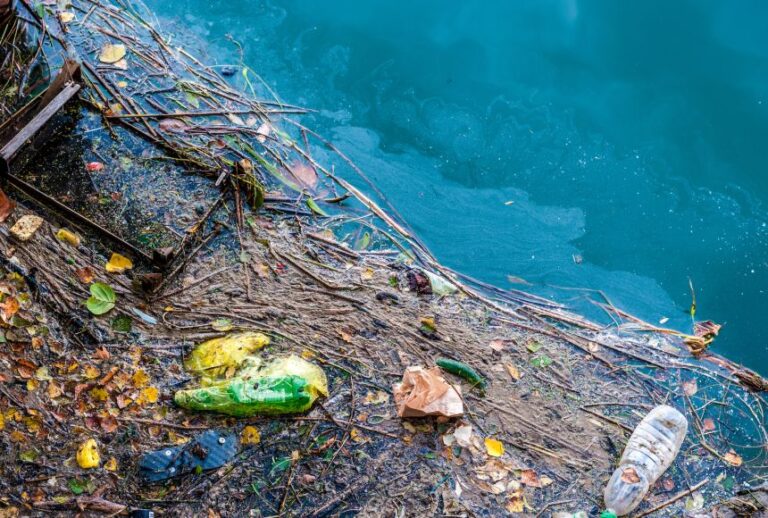Arsenic contamination in drinking water is a pressing issue in Pakistan, posing serious health risks to its population. While arsenic is a naturally occurring element, its presence in high levels in groundwater sources, particularly in regions like Sindh, has led to widespread health problems and environmental concerns. In this context, it’s essential to explore the sources, health effects, and mitigation strategies related to arsenic contamination in Pakistan’s water supply.
What is Arsenic?
Arsenic is a commonly occurring toxic element and its health effects are well documented. High levels of arsenic can cause hyper pigmentation, skin and liver cancer and circulatory disorders. Arsenic occurs naturally in ground waters in areas of high geothermic activity and in mountainous terrains. High levels of arsenic are not generally found in surface water sources. There are also limited occurrences of arsenic found in waters resulting from pollution from mining and chemical processes. Continuous ingestion of arsenic impairs the growth of the body, a reason why Pakistan has not been able to produce international standard sportsmen and why the growth of children is impaired including deformations of bones particularly in Sindh.
Arsenic Standards
In the early 1990’s the World Health Organisation recommended that the current drinking water standard of 50 micrograms per litre (ug/L) of arsenic (As) should be reduced to a new standards of 10ug/L based upon health effects testing conducted over the years. The United States EPA enacted a new MCL standard of 10ug/L for domestic drinking waters on October 31, 2001. The Ministry of Science and Technology, Government of Pakistan has laid a maximum permissible level of 10 parts per billion of arsenic in drinking water.
Forms of Arsenic
In ground waters, arsenic is present in the inorganic form resulting from the dissolution of solid phases such as arsenolite (As2O5) and realgar (AsS). Arsenic is stable in four oxidation states (+V, +III, O,-III) under different reduction/oxidation (RedOx) conditions in water but is generally found as an oxyanion in the trivalent and pentavalent states as arsenite, AsO3-3(+III) and arsenate, AsO4-3(+V oxidation state), respectively. The toxicity scale for arsenic is as follows:
Arsine>Arsenite or As(III)>Arsenate or As(V)>Organic arsenic.
Arsenite (III) is more likely to be found in anaerobic waters while arsenate (V) is found in more aerobic waters.
Basic Arsenic Removal Design
In Pakistan, ASEAN, Afghanistan and Bangladesh, EcoTech Partners with GEH Wasserchemie GmbH & Co. KG Osnabrück Germany as their sales representative and service provider. The EcoTech system design is based upon extensive pools of knowledge developed by the world’s most reputed names in water technologies and best product specifically designed for arsenic removal at the source. At the heart of the system design is an iron-based adsorption media. The media has a high capacity for arsenic and, unlike other iron-based media, is delivered in a dry crystalline form, is robust, easy to handle and has NSF 61 approval. In addition to As removal, the media will also adsorb other dissolved elements including antimony, cadmium, hexavalent chromium, lead, manganese, phosphate, molybdenum, selenium and vanadium. The media has a higher selectivity for As over these other species.

